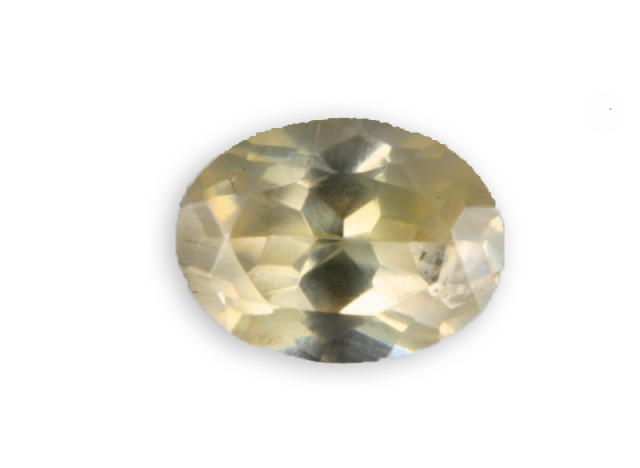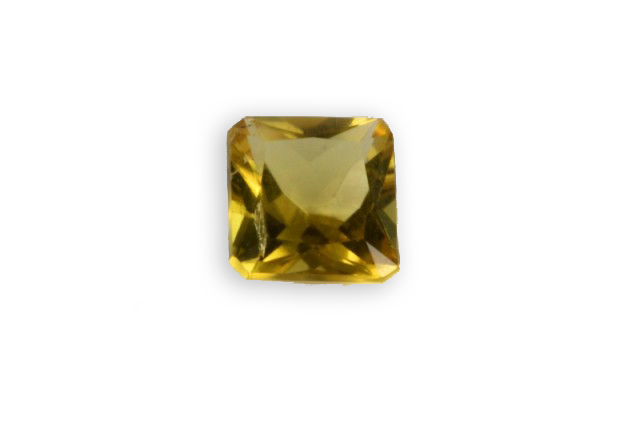
tetragonal
Je vous emmène à travers mes vidéos découvrir mon expérience acquise depuis plus de 30 ans a silloner le globe entier à la recherche de pierres précieuses, de rencontre mémorables mais aussi de difficulté parfois …
actualités
Categories


phosgenite
ck_admin
March 24, 2021
Discovered in England, its name comes from the Greek “phos” meaning “light” and “genan” – “which leads “, in connection with its lights characteristic, was given by Haidinger. Karsten, who had described it in the early nineteenth century had named it hornblei.


meliphanite
ck_admin
March 24, 2021
Discovered in 1852, its name comes from the Greek, “which resembles to honey” in connection with its honey-yellow color.





